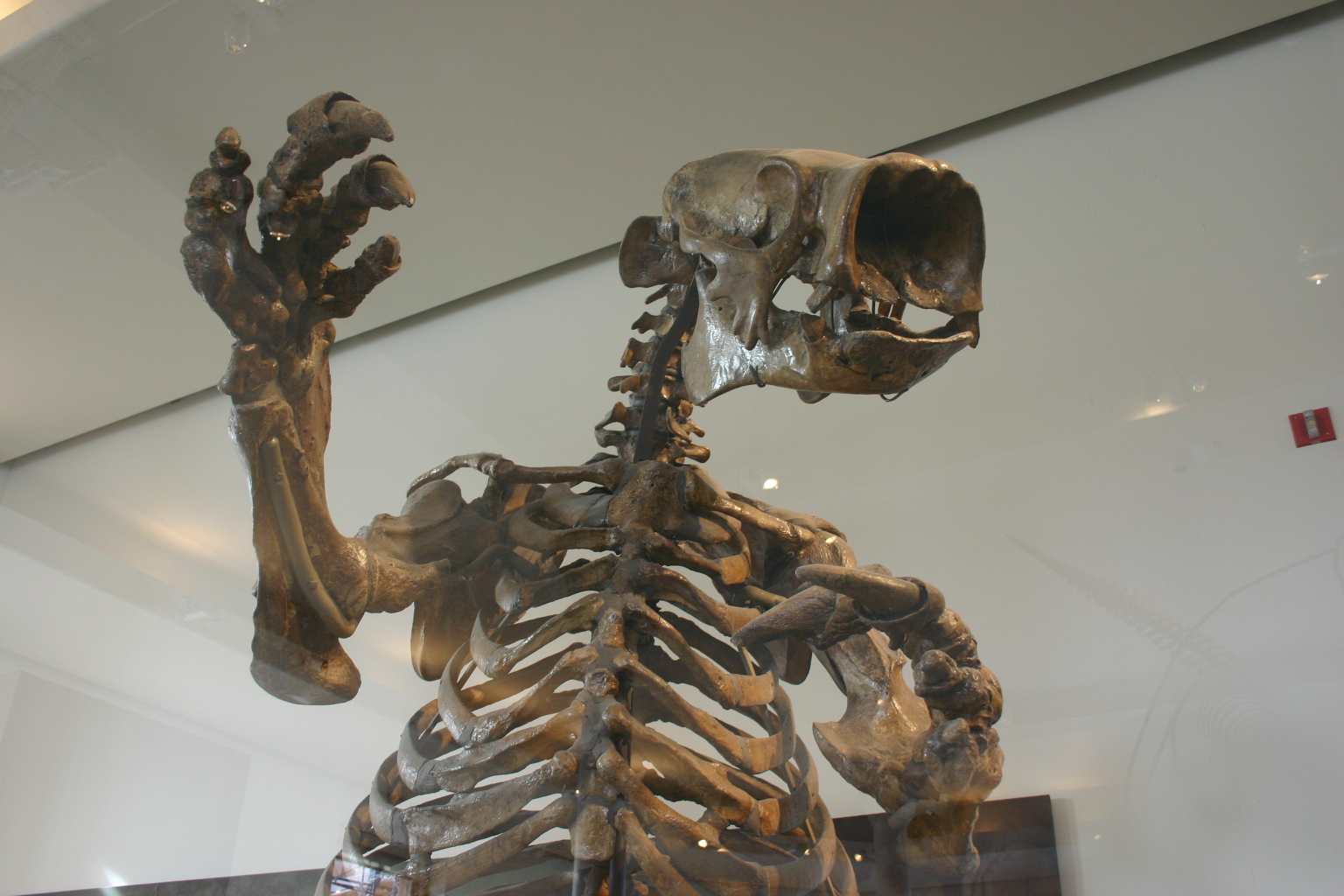Media release
From:
First 87Sr/86Sr Isotope Data for the Extinct Sloth Lestodon armatus: Insights into the Spatial Ecology of South American Late Pleistocene Megafauna
Extinct Giant Sloth's Movements Unveiled Through Isotope Analysis A study analyzing strontium isotopes from Lestodon armatus fossils in Uruguay reveals key insights into the spatial ecology of this extinct South American megafauna. Results consistently show a highly localized isotopic signature across multiple individuals and sites, indicating limited movement within a defined home range. This evidence strongly suggests that these giant sloths did not undertake extensive seasonal migrations. The research, which also included serial sampling of a tooth, provides a new baseline for understanding how these large herbivores utilized their landscape and the potential ecological impacts following their extinction.
Sluggish Sid the Sloth – Contrary to what Ice Age taught us, some prehistoric giant sloths were homebodies, and didn't make extended seasonal migrations. The first isotope study on Lestodon armatus, an extinct giant sloth that lived in South America during the Pleistocene, found that it lived a highly localised life. Understanding these patterns will help explore the impact large herbivores had on the landscaped they lived in, before and after extinction.



 International
International



